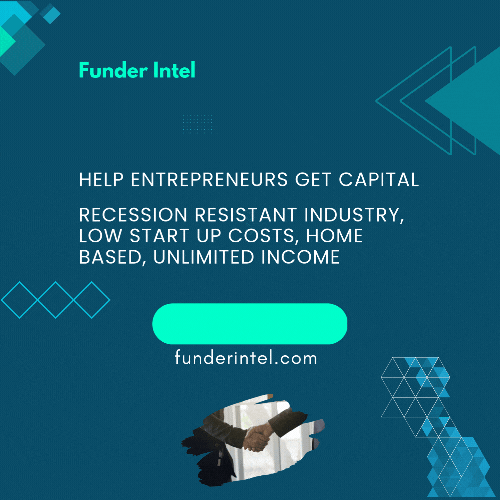
Joseph Carpenter, a 76-year-old military veteran from Tampa Bay, Florida, recently received an alarming letter from the Small Business Administration (SBA). The agency claimed he owed $20,000 for a loan taken out in 2021 - a loan he never applied for or received.
"There are all those loans out there," Carpenter told WFLA News Channel 8. "They're going to make you do the work. They're not going to do the work. They put the burden of proof on the person they're accusing of having the loan."
Even more troubling, the SBA is threatening to garnish up to 15% of Carpenter's Social Security benefits if he can't prove he didn't take the loan. For retirees like Carpenter, losing this income could mean the difference between making ends meet and struggling to cover basic necessities. Carpenter has filed a complaint with the inspector general.
This isn't just a clerical error - it's a stark example of the widespread fraud that has plagued SBA loan programs since the start of the pandemic.
The Staggering Scale of SBA Loan Fraud
Carpenter's case is just the tip of the iceberg. Let's dive into some eye-opening statistics:
Over $200 billion in potentially fraudulent loans disbursed by the SBA
4.3 million loans flagged with fraud concerns
78 out of 94 federal districts have filed fraud-related charges
These numbers paint a sobering picture of the extent of abuse within the SBA's pandemic relief programs, particularly the Paycheck Protection Program (PPP) and Economic Injury Disaster Loans (EIDL).
How Did This Happen?
Several factors contributed to this perfect storm of fraud:
1. Rushed Implementation: The urgent need for economic relief led to hastily designed programs with inadequate safeguards.
2. Lax Verification: Many lenders relied heavily on self-reported information without thorough checks.
3. Profit Motives: Some fintech companies prioritized loan volume over due diligence, driven by processing fees.
4. Lack of Oversight: The SBA Inspector General reported that the agency didn't have a clear organizational structure to manage potentially fraudulent loans until nearly two years after the PPP launch.
Common Fraud Schemes
Fraudsters employed various tactics to exploit the system:
Ghost Companies: Creating fictitious businesses solely to apply for loans
Identity Theft: Using stolen personal information to secure loans in others' names
Inflated Employee Counts: Exaggerating workforce numbers to qualify for larger loan amounts
Misuse of Funds: Using loan money for personal luxuries rather than approved business expenses
The Ripple Effects
The consequences of this fraud extend far beyond financial losses:
Taxpayer Burden: Billions in fraudulent loans may ultimately be shouldered by taxpayers
Legitimate Businesses Suffer: Funds diverted to fraudsters meant less support for genuinely struggling small businesses
Increased Scrutiny: Even honest loan recipients now face potential audits and investigations
Erosion of Trust: Public confidence in government assistance programs has been severely damaged
What Can You Do If You're a Victim?
If you find yourself in a situation like Joseph Carpenter's:
1. Contact the SBA's Office of Disaster Assistance for support
2. Submit a FOIA request for the loan application and related documents
3. Check your credit report for unfamiliar accounts or unusual activity
4. File a report with the Consumer Financial Protection Bureau (CFPB)
5. Consider seeking legal representation if the situation escalates
Moving Forward: Lessons Learned
To prevent future large-scale fraud, several key improvements are needed:
1. Robust Verification Systems: Implement advanced identity verification and cross-checking of applicant data
2. Real-Time Fraud Detection: Develop systems to flag suspicious patterns across lenders instantaneously
3. Stronger Oversight: Increase resources for fraud prevention teams and auditors
4. Clear Accountability: Establish clearer lines of responsibility for fraud prevention within agencies
The pandemic loan fraud saga is a stark reminder of the vulnerabilities in our financial systems during times of crisis. As we move forward, striking a balance between rapid assistance and robust fraud prevention will be essential for maintaining public trust and ensuring help reaches those who truly need it.



Great content !